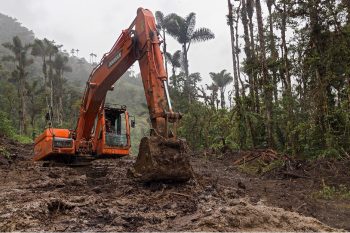A significant step towards marine conservation, the creation of the Mar Tropical de Grau National Reserve. Over a decade of concerted effort orchestrated by Nature and Culture has brought together the local governments and coastal communities along Piura’s shores to work to protect a key marine sanctuary. This collaboration has led to the creation of a new protected area, announced on April 24th, 2024, by the Peruvian government, marking a significant milestone in marine conservation. Spanning an impressive 286,059 acres (about the area of San Antonio, Texas), this reserve safeguards the intricate tapestry of Peru’s marine ecosystem.
According to the International Union for Conservation of Nature (IUCN), we are now protecting one of the world’s most critical areas for preserving marine biodiversity.
A paradise of marine biodiversity
The coast of Piura, in northern Peru, is one of the most extraordinary places in the Pacific due to the uniqueness of what happens beneath its waters: the meeting of two large marine ecosystems, one dominated by the cold waters of the Peru (Humboldt) Current and the other by the warm waters of the Southern Equatorial Current. Some of the species that can be found in this exceptional ecosystem include the rare Humboldt penguin (Spheniscus humboldti), the Pacific seahorse (Hippocampus ingens), humpback whales (Megaptera novaeangliae) that travel to this area especially to give birth, the hammerhead shark (Sphyrna mokarran) which is endangered, all species of Pacific marine turtles, as well as hundreds of species of fish and corals. Additionally, being a transition zone, it has a high concentration of endemic species and species new to science.

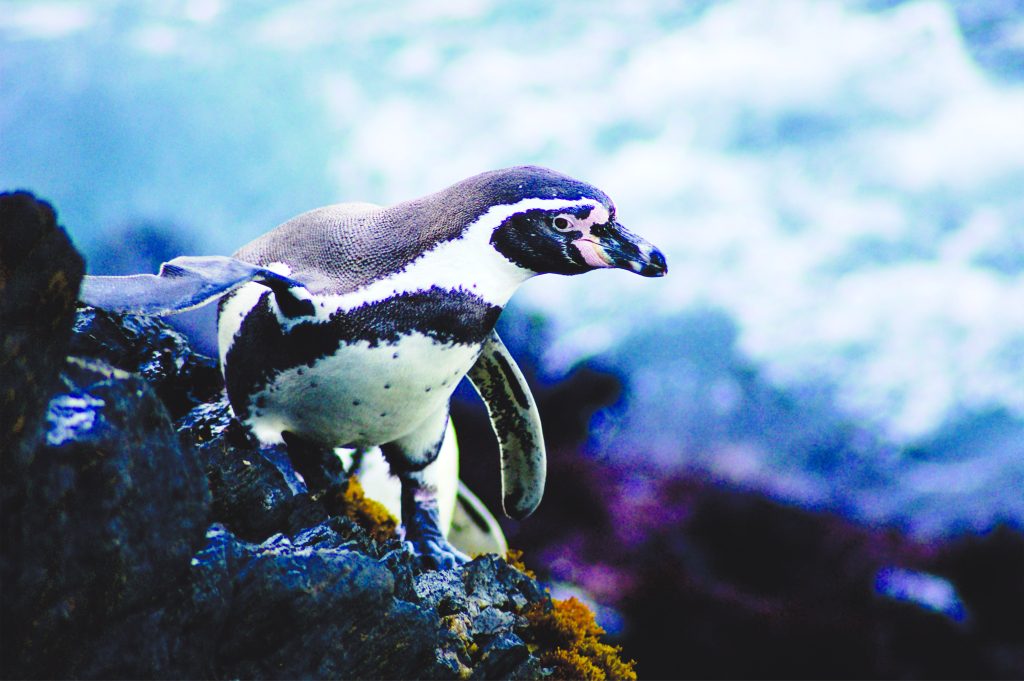
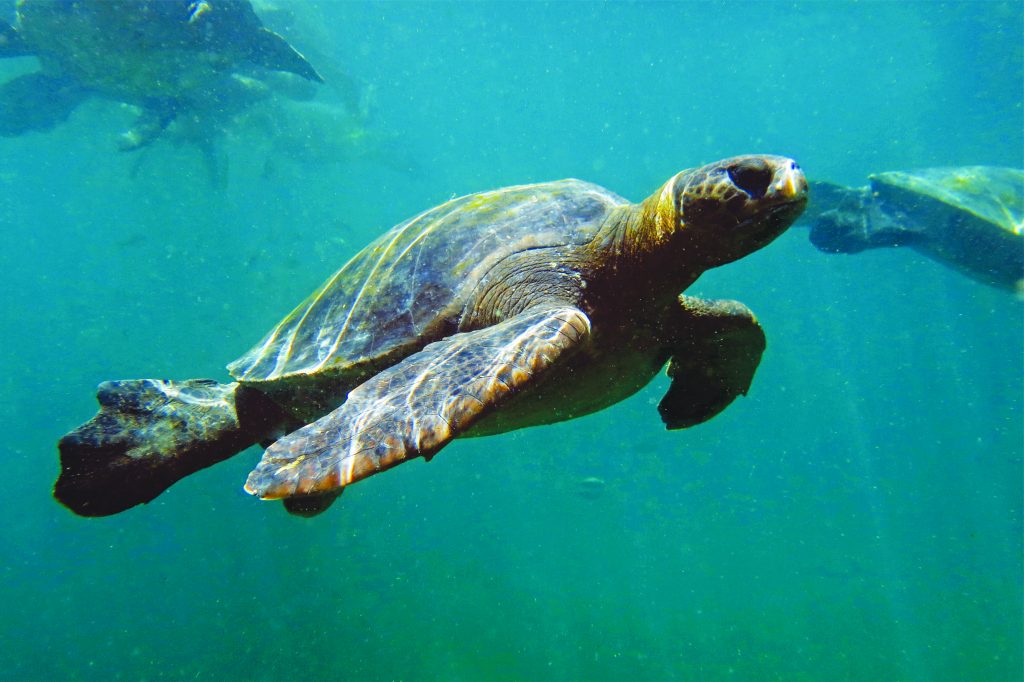
On land, this region features a desert ecosystem with tropical dry forests that are unique in the world, where gigantic wetlands of great importance for biodiversity develop, as they host some of the most important habitats for migratory birds on the coast of Peru.
The ecosystem faces significant threats from mining, industrial fishing, and marine pollution, particularly from oil spills. However, with the establishment of the newly declared protections for this vital marine sanctuary, the wildlife inhabiting this area can finally breathe a sigh of relief, as these threats are now alleviated.
A long road to conservation
Although Nature and Culture has worked primarily in the Andes and Amazon regions of Peru, for more than 10 years we worked on the conservation and sustainable management of marine resources along the Peruvian coast. It all began in 2009, when together with the Cayetano Heredia Peruvian University (UPCH) and the National Service of Natural Protected Areas by the State (SERNANP), we presented the proposal for the creation of the Foca Island National Reserve. By 2014, SERNANP merged this proposal with three others: El Ñuro-Cabo Blanco, Punta Sal Reefs, and the Mancora Bank, to create what is now the Grau Tropical Sea National Reserve.
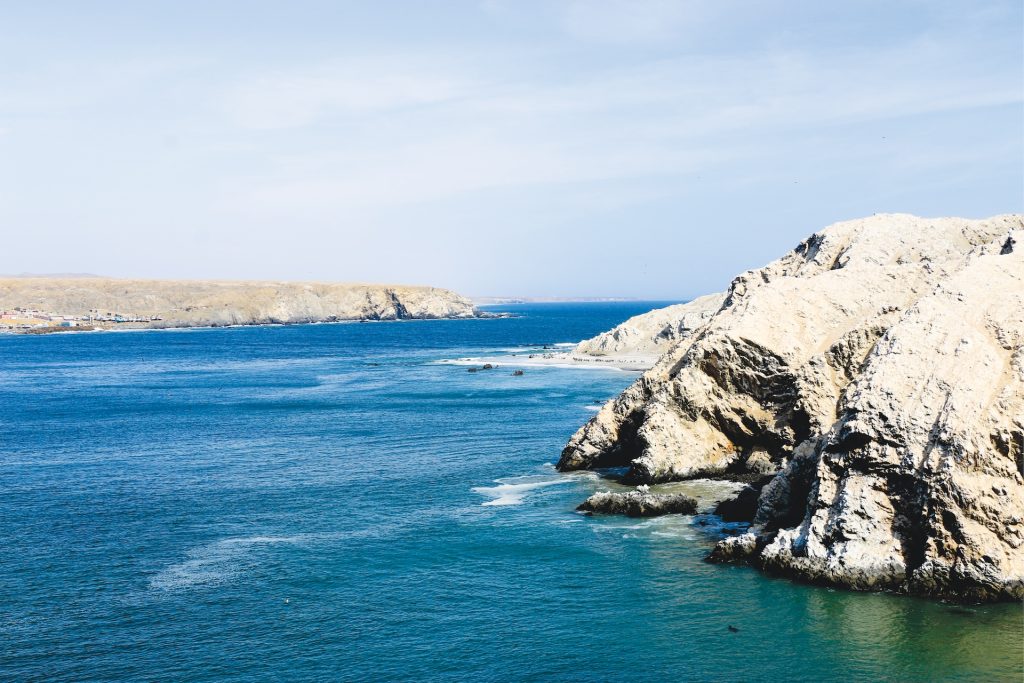
From there, and for 10 years, Nature and Culture contributed to the creation of the National Reserve through scientific research, socialization workshops, photographic exhibitions, among other activities aimed at raising awareness among the local communities. Our collaboration extended to the regional and local governmental partners, SERNANP, and the Ministry of the Environment. Together, we championed the government’s vision to establish Peru’s inaugural protected marine area within the Tropical Pacific Sea ecosystem.
Additionally, together with the Regional Directorate of Production of Piura and the artisanal fishing communities of the region, we supported an initial effort to inventory the artisanal fishing fleet, establishing spaces for dialogue and training to develop a co-management plan for sustainable artisanal fishing. In 2020, we trained 45 artisanal fishermen from Foca Island, promoting the leading role of fishermen in the administration, control, and surveillance of fishing activity in their seas.
“We have learned and understand that one of the most important challenges to reduce the gap in marine conservation in the country is to strengthen the alliance with the communities that inhabit the northern coast of Peru,” said Mónica Alzamora, Coordinator of the Coastal-Marine Program (2014-2018) at the time.
The creation of the Grau Tropical Sea National Reserve allows for the sustainable use of resources, optimizing artisanal fishing techniques and the development of environmental tourism. This conservation status guarantees the permanence of a unique ecosystem, its species, its underwater landscapes, and the environmental services it provides to the fishing and coastal communities of the Piura coast.
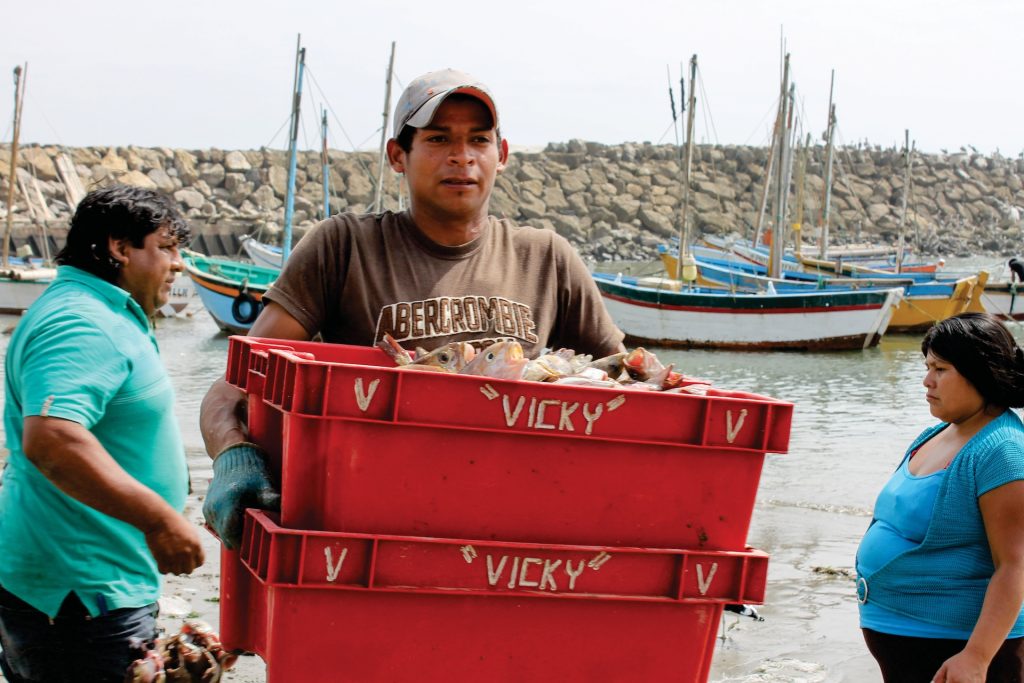

We are proud to have been part of this important conservation milestone for Peru’s marine ecosystem!
Our contribution to the establishment of the Mar Tropical de Grau National Reserve would not have been possible without the collaborative work of SERNANP, the regional governments of Piura and Tumbes, and the Ministry of the Environment, and the financial support of Andes Amazon Fund, Paul M. Angell Family Foundation, Environmental Defense Fund, Walton Family Foundation, Re:wild and other funders.

N MEMORIAM
In memory of Mónica Alzamora (d. 2022)
We remember with deep gratitude Mónica Alzamora, who left an indelible mark on the conservation of Peru’s natural landscape. At Nature and Culture, she worked tirelessly alongside the fishing communities of the Peruvian coast to protect Mar de Grau.
Her dedication and leadership were instrumental in achieving today’s declaration of the Mar Tropical de Grau National Reserve. We honor her memory and legacy, recognizing her valuable contribution to the protection of the marine ecosystem of the Peruvian coast. As she used to say, “Without blue, there is no green, and without green, there is no us!”
Rest in peace, Mónica.
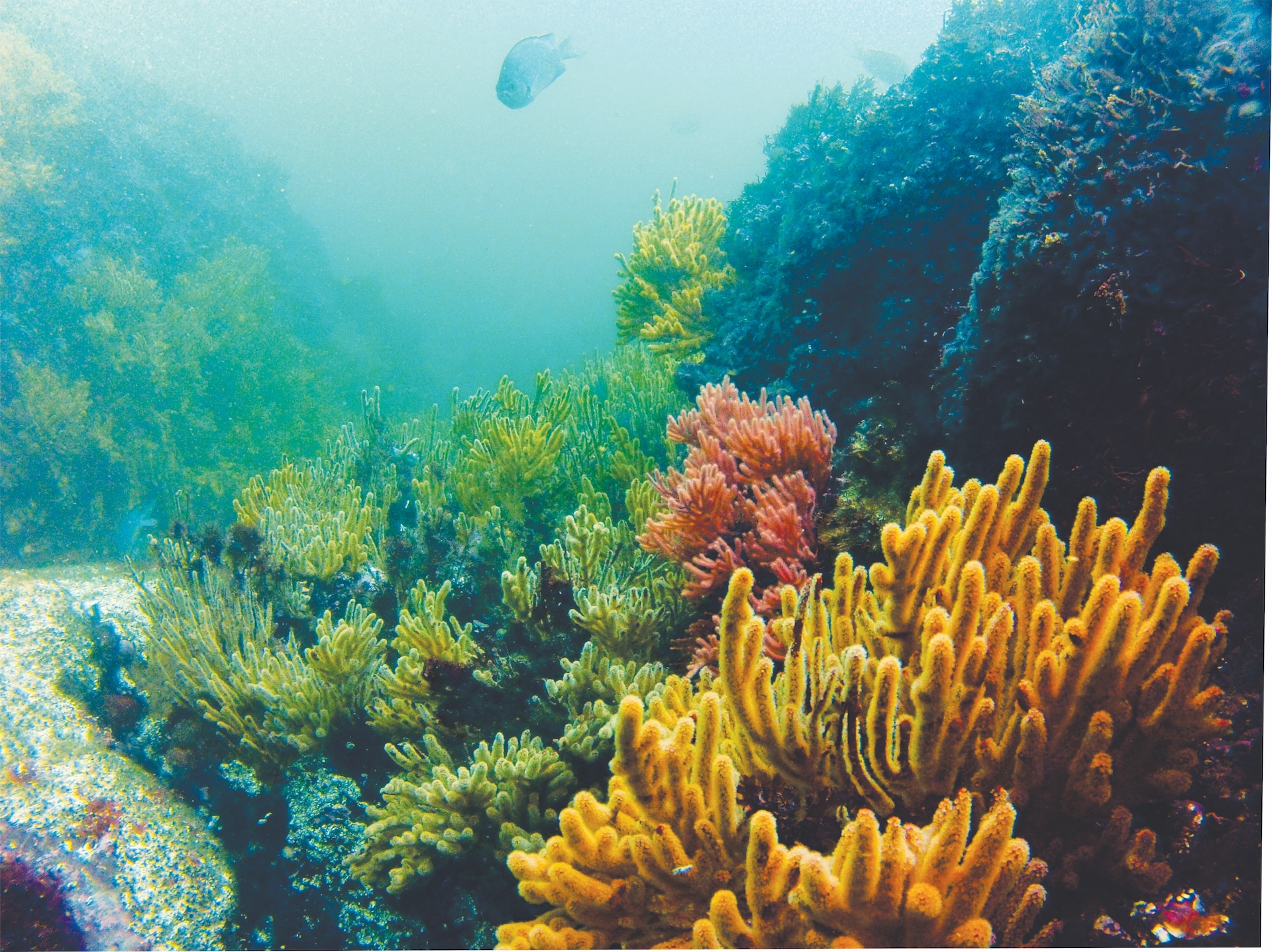

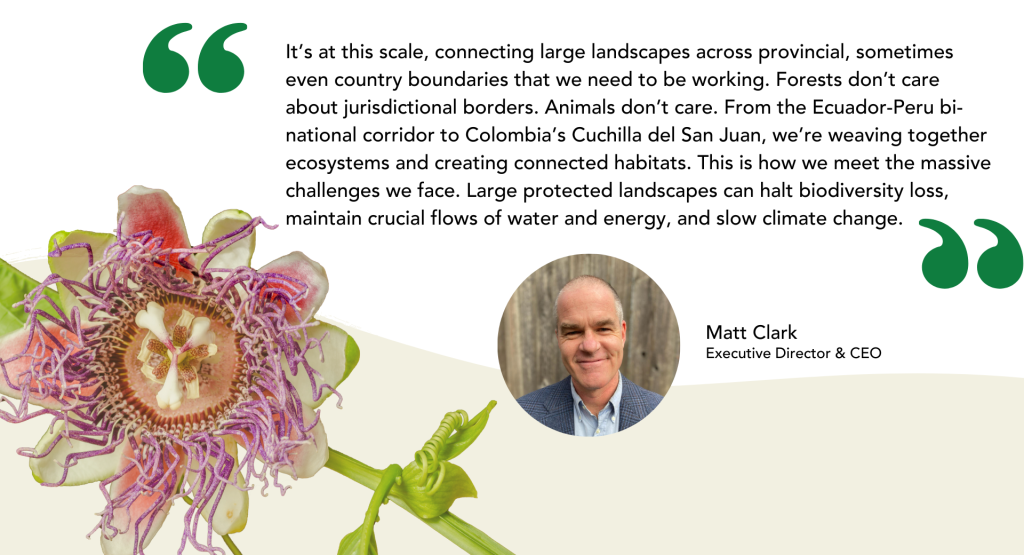
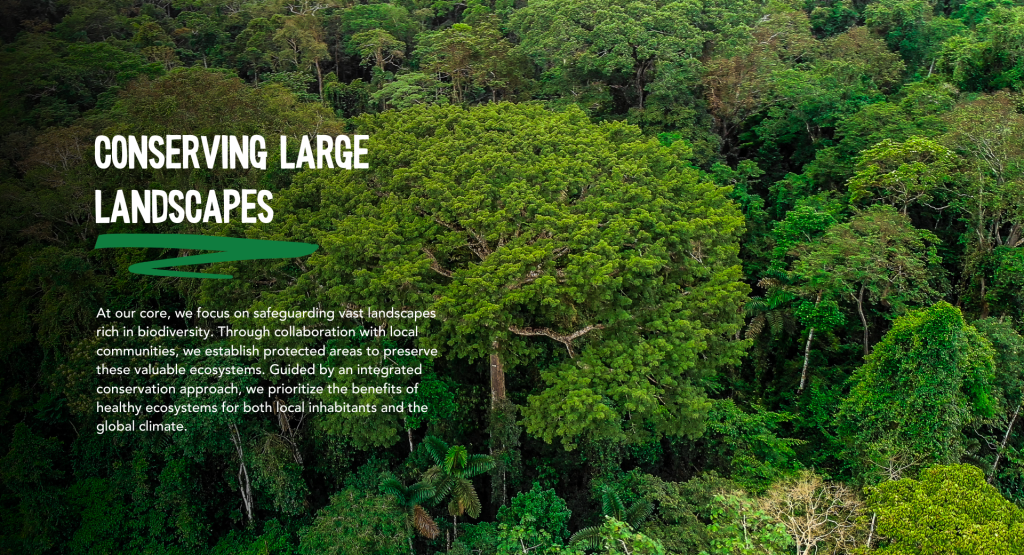

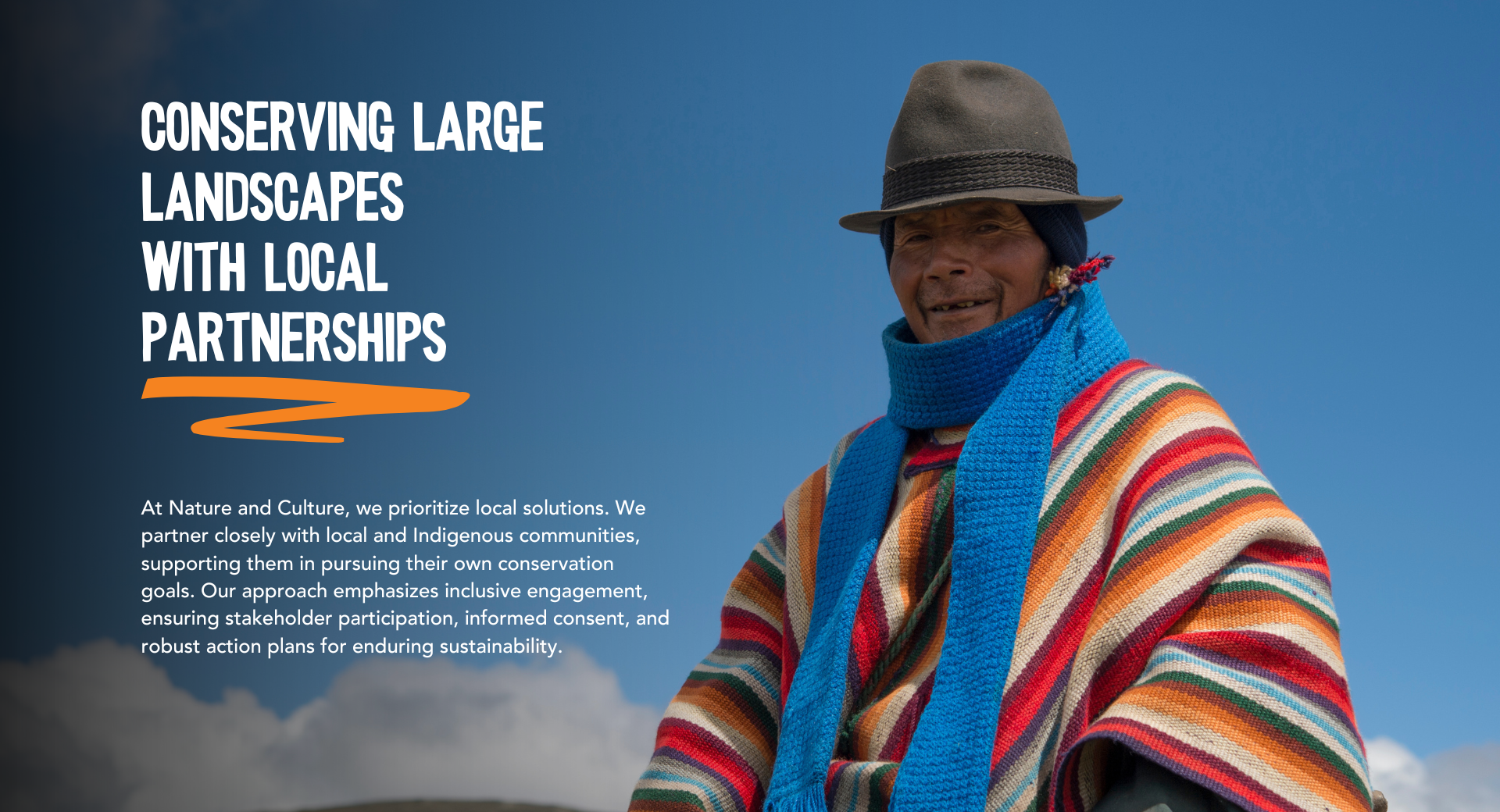


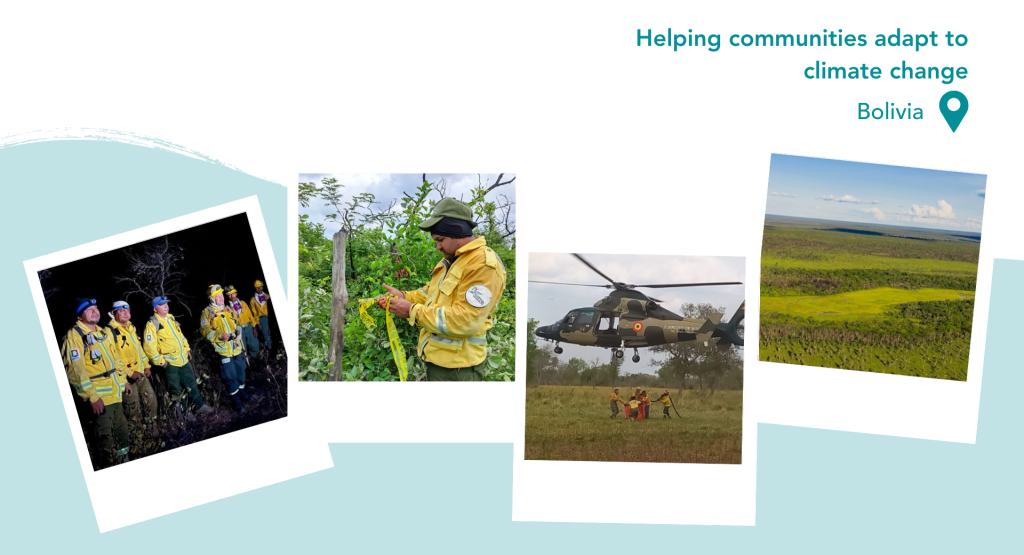

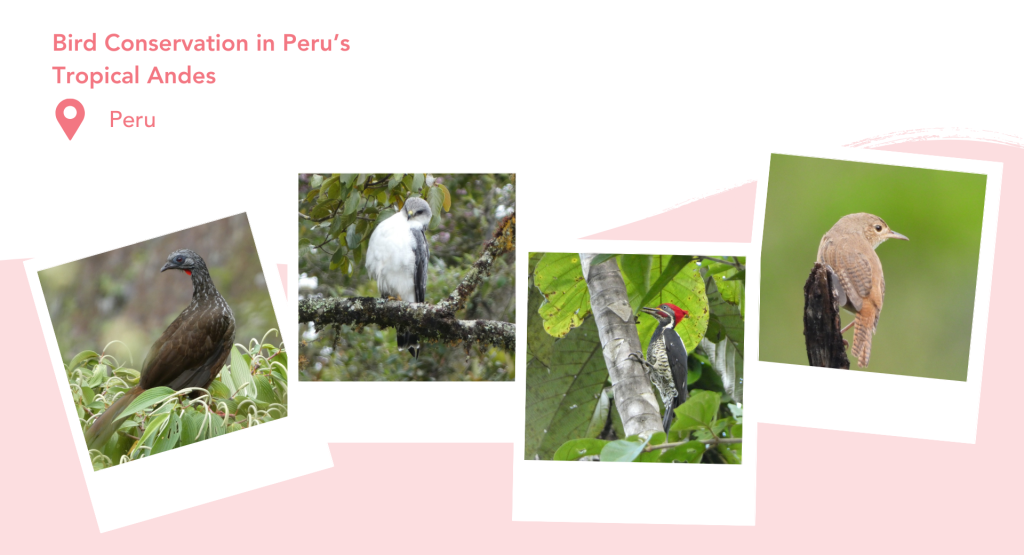
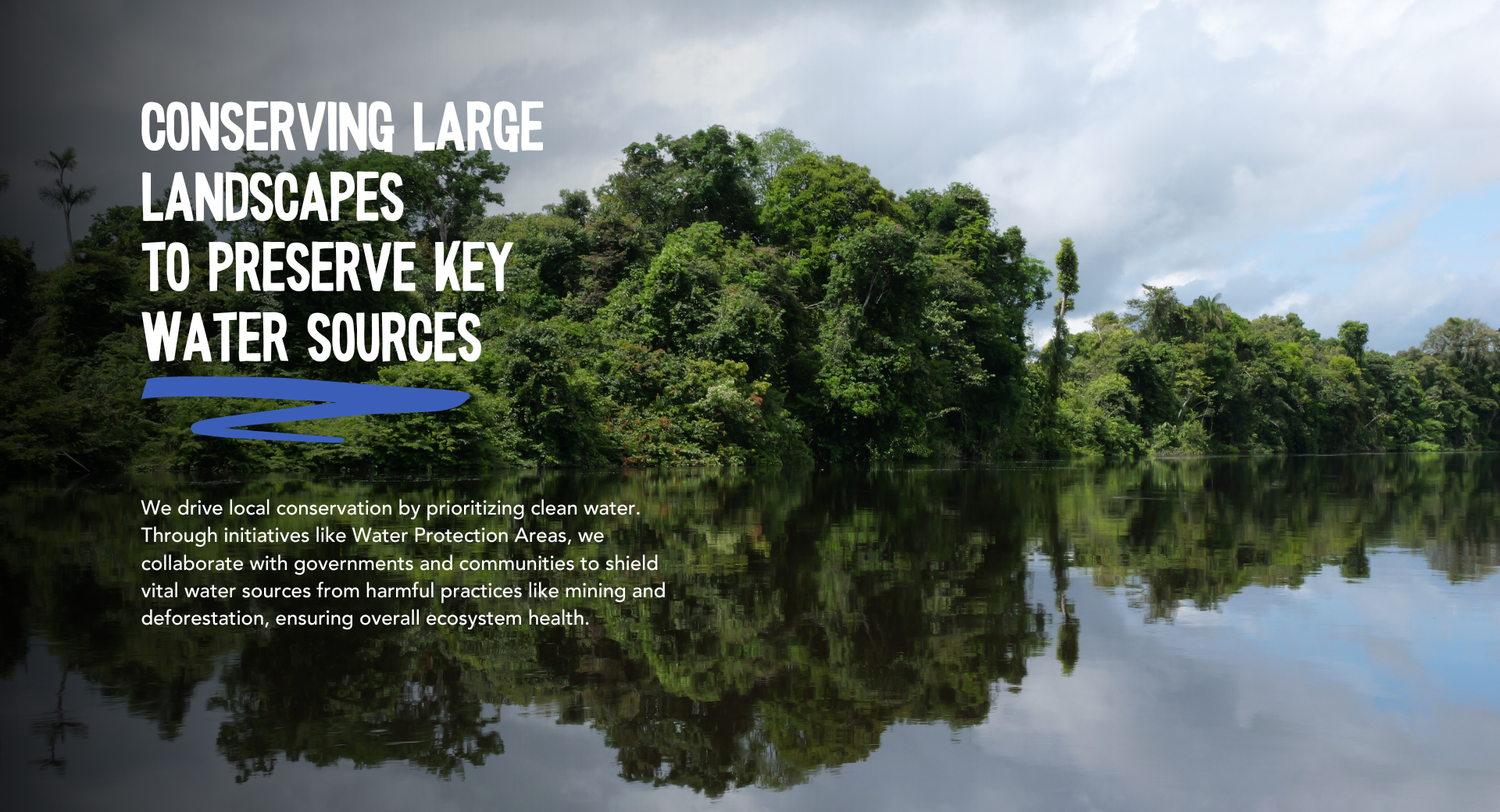





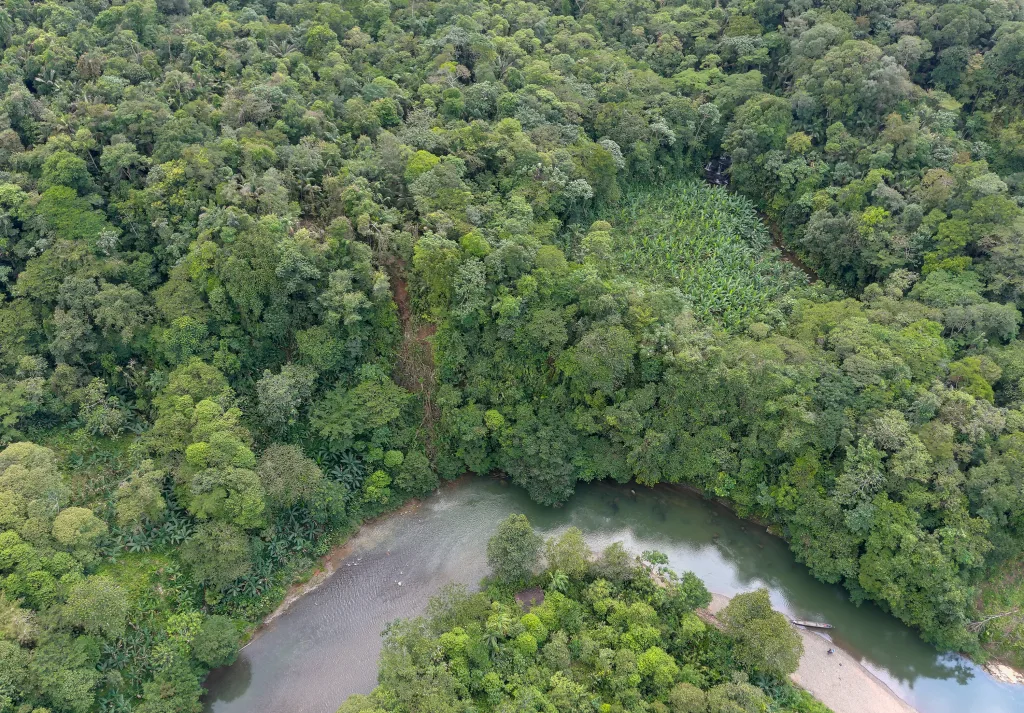
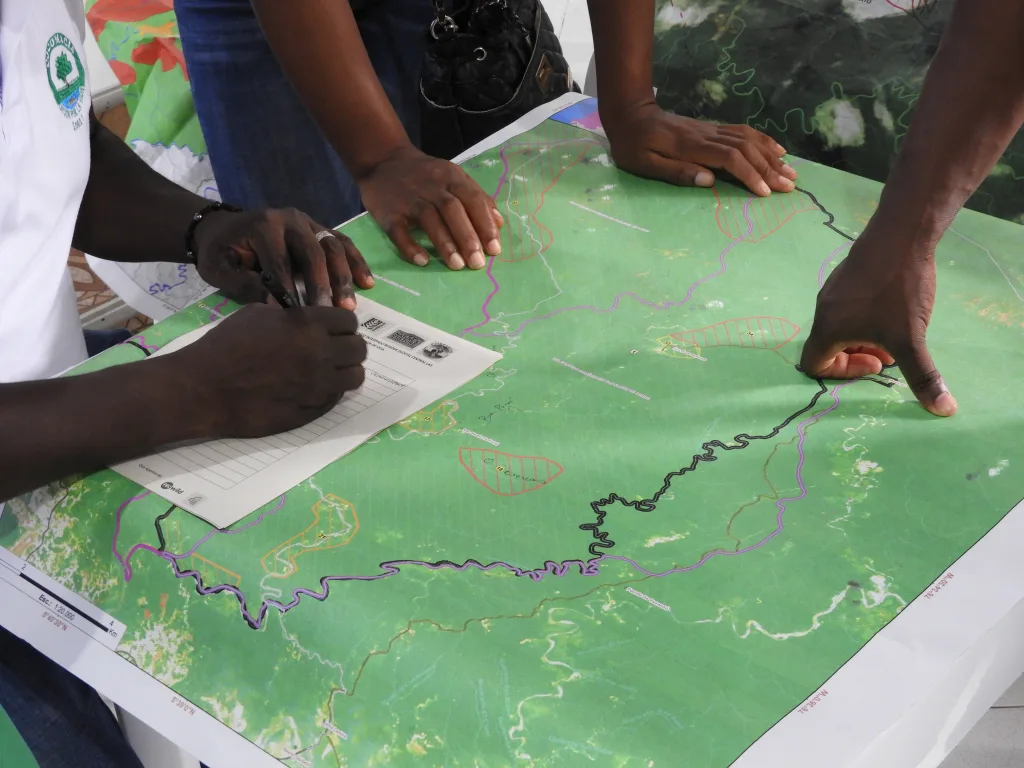





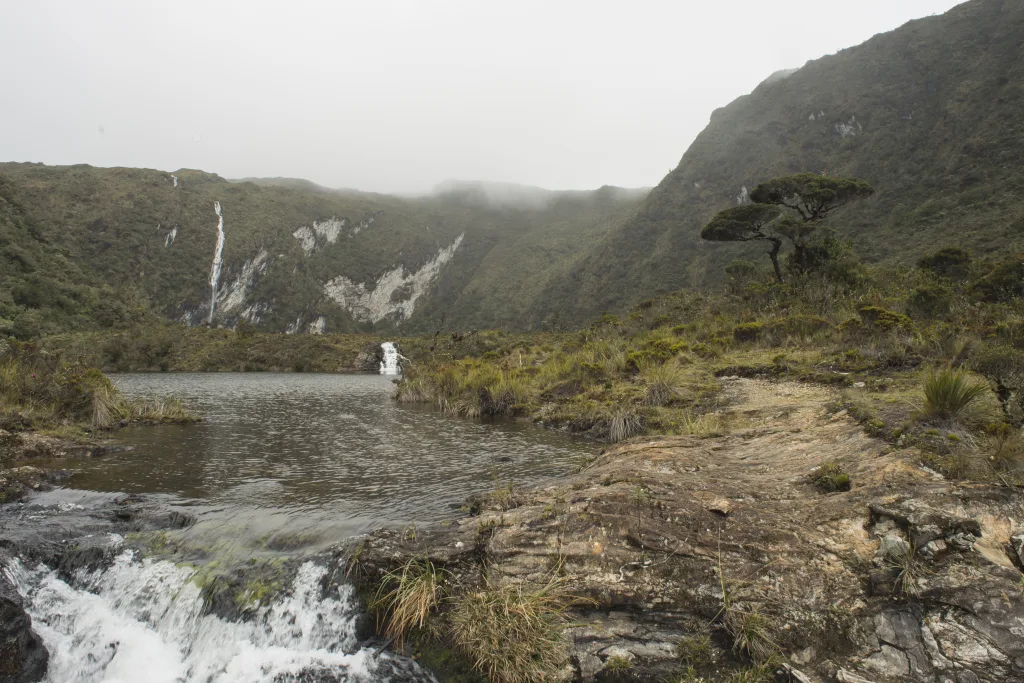



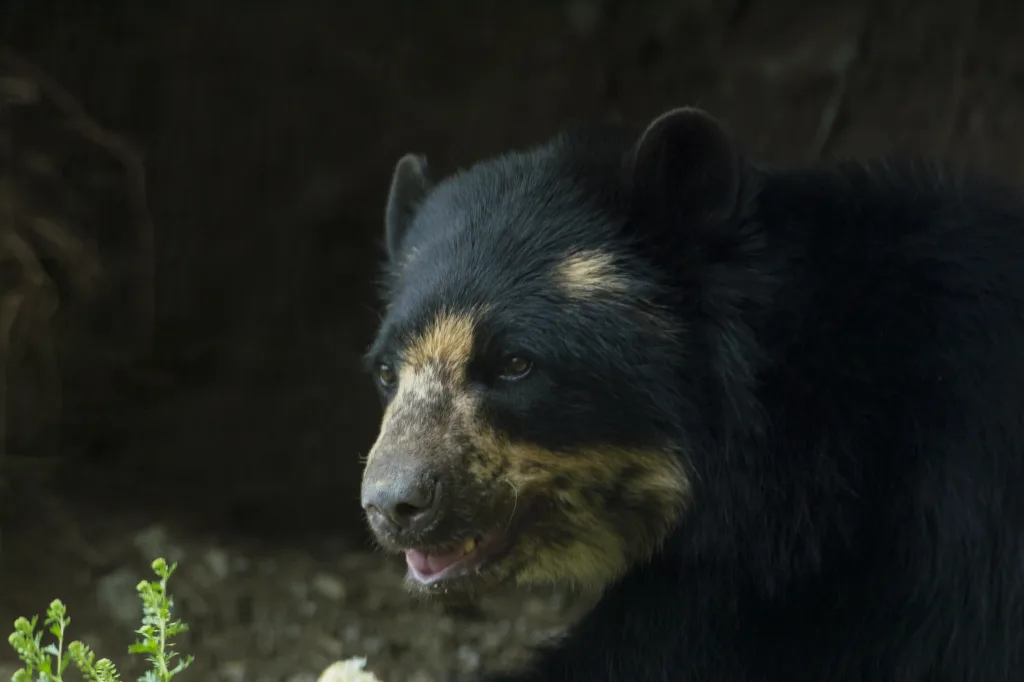
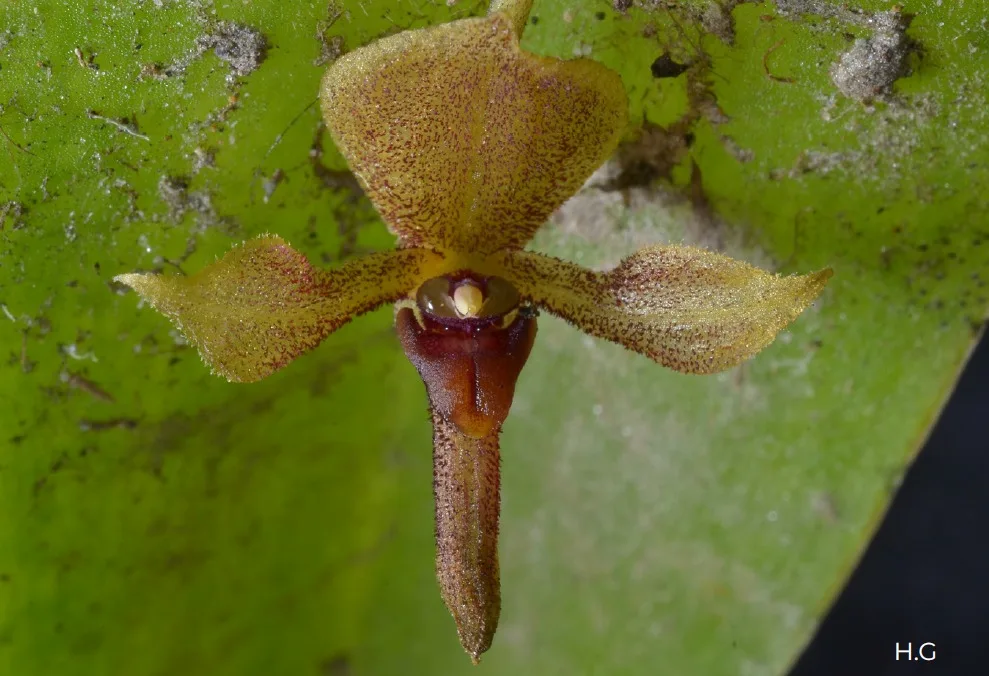
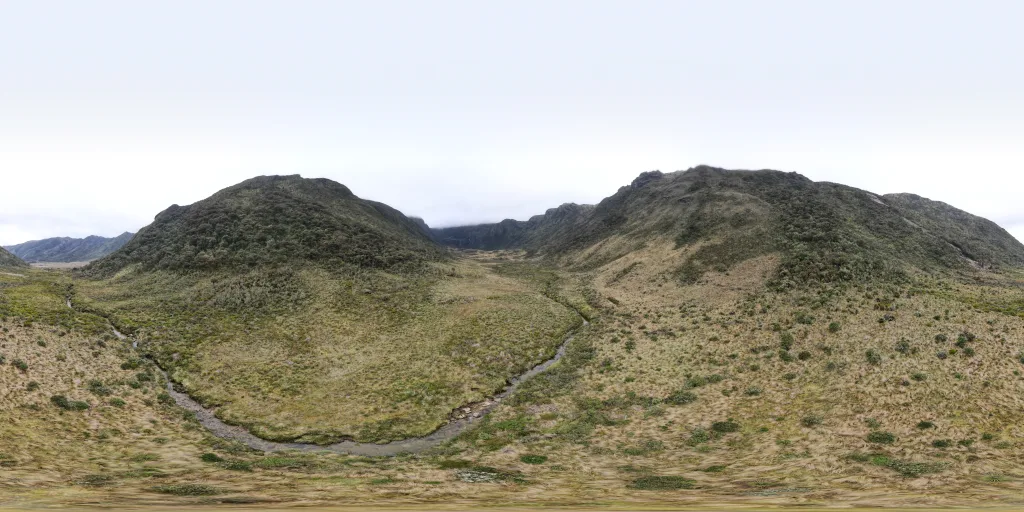
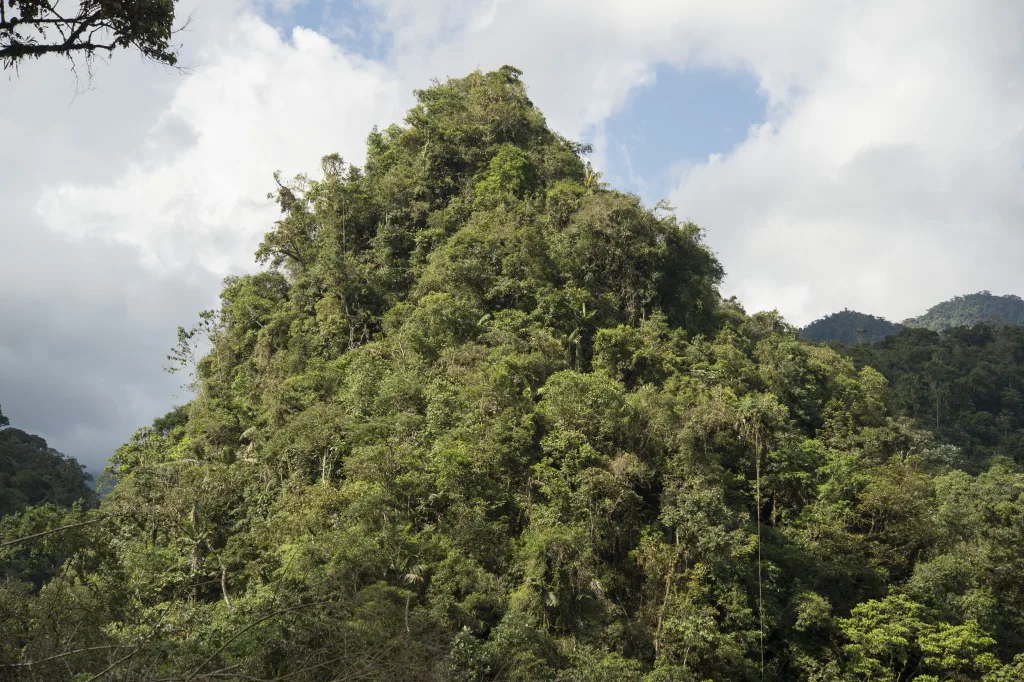
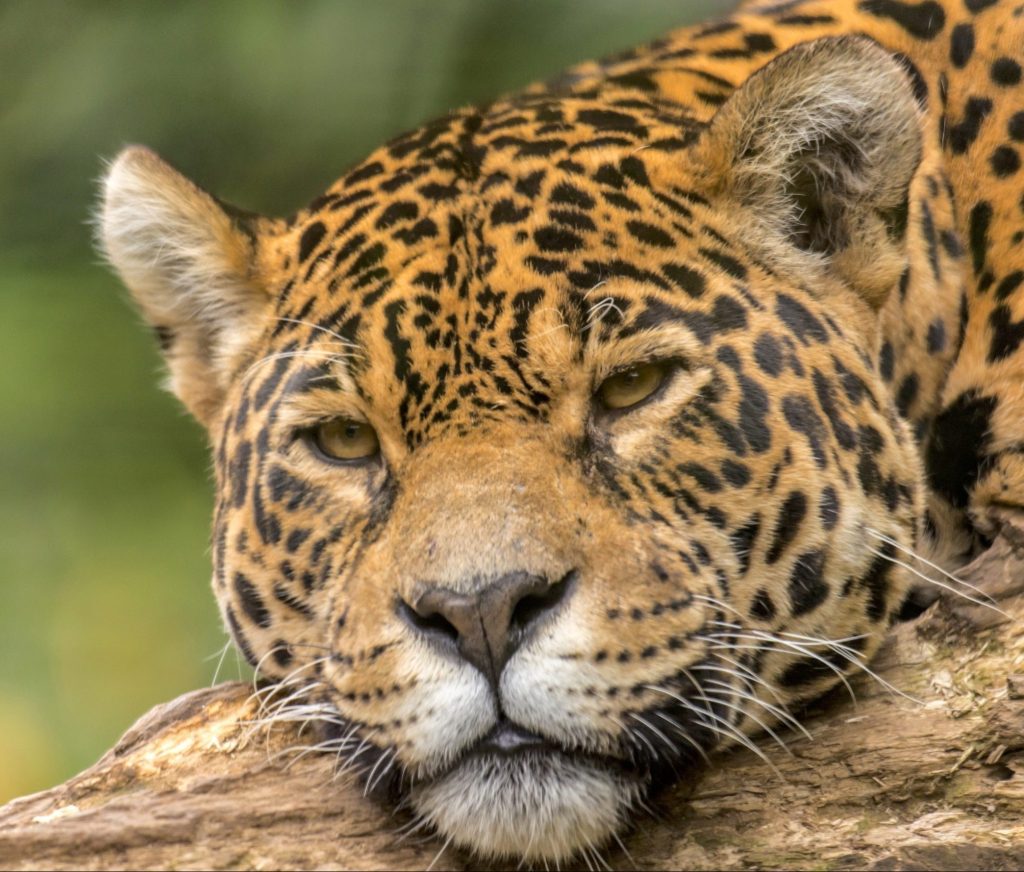














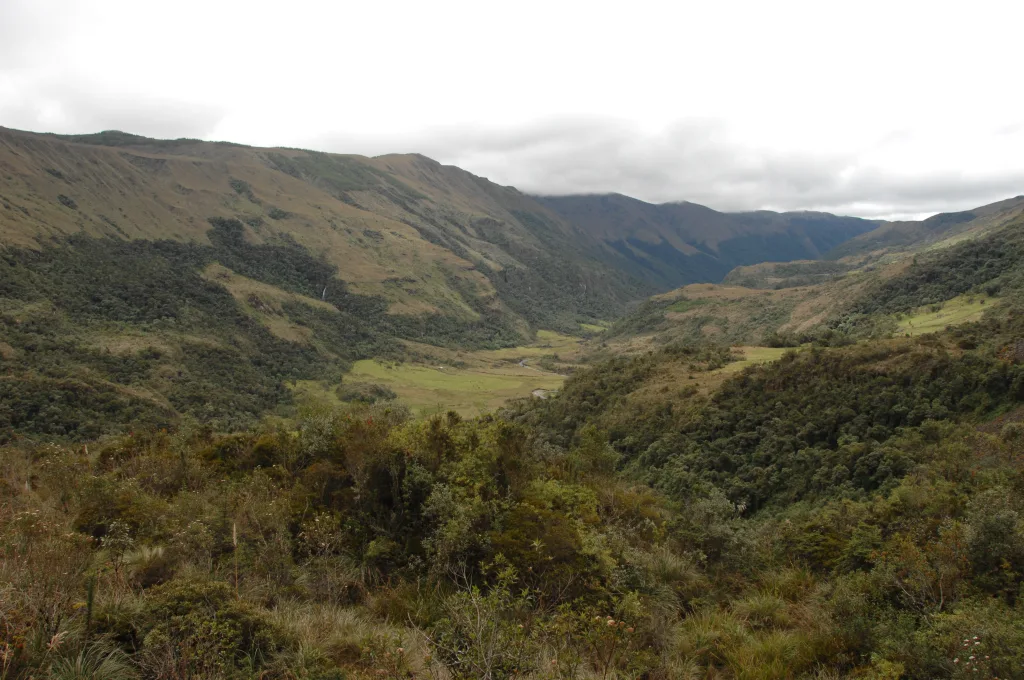




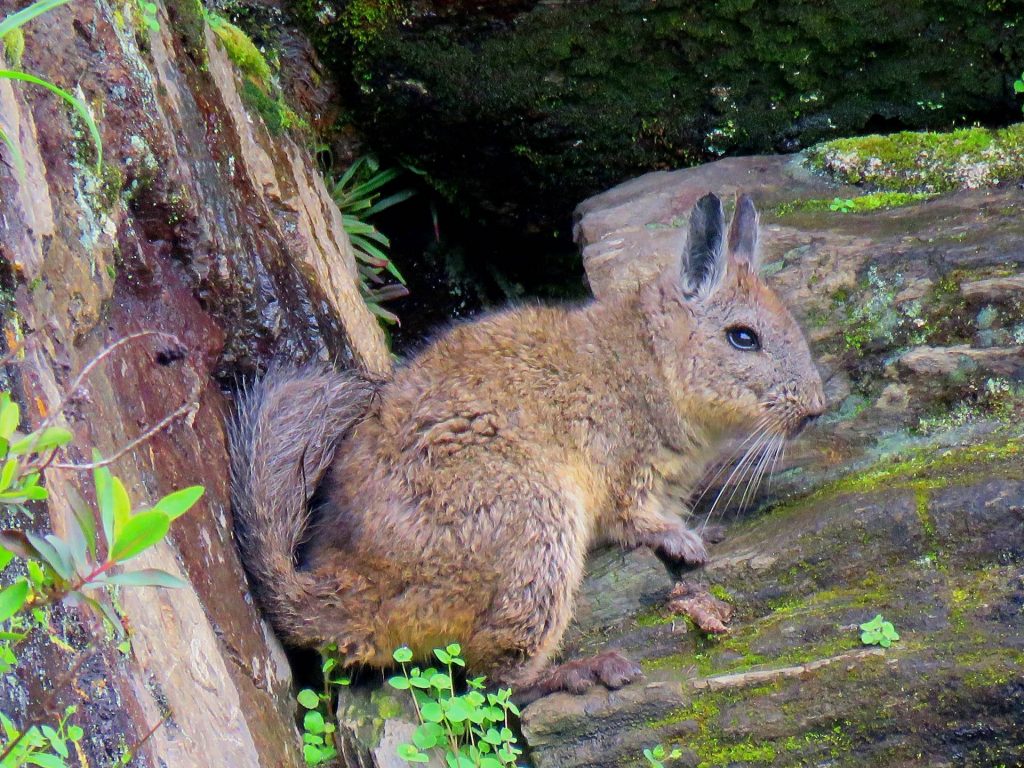
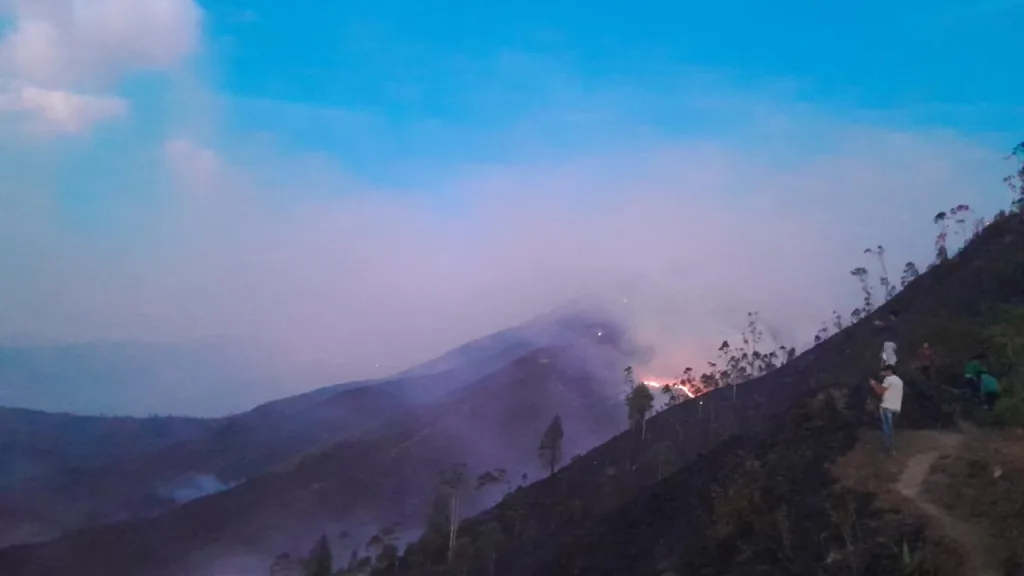


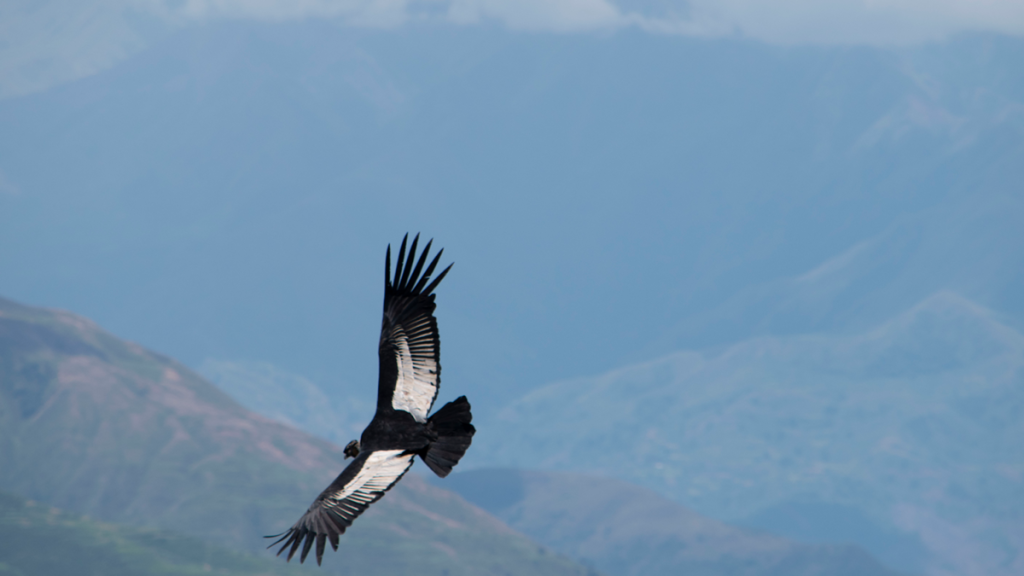
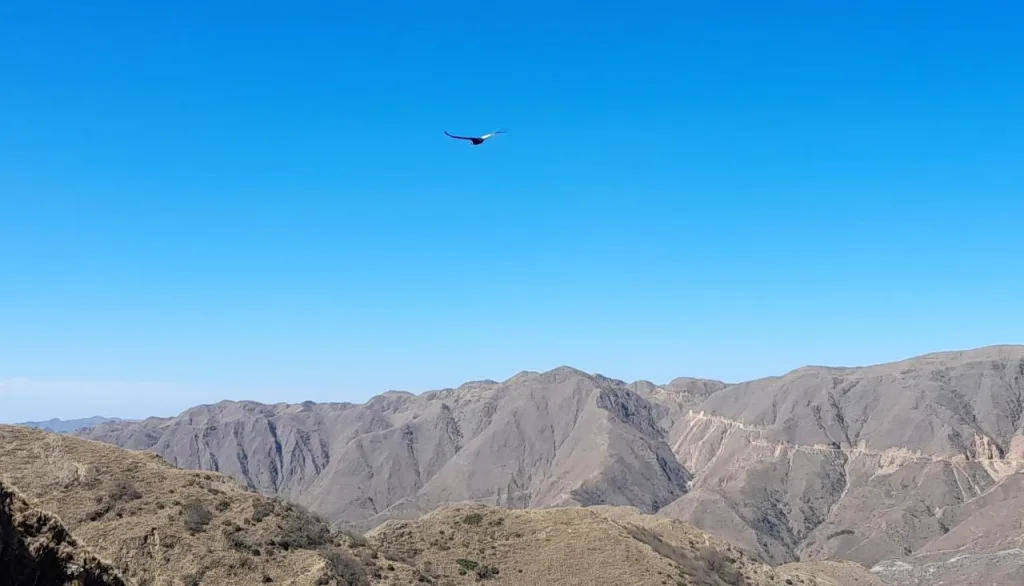
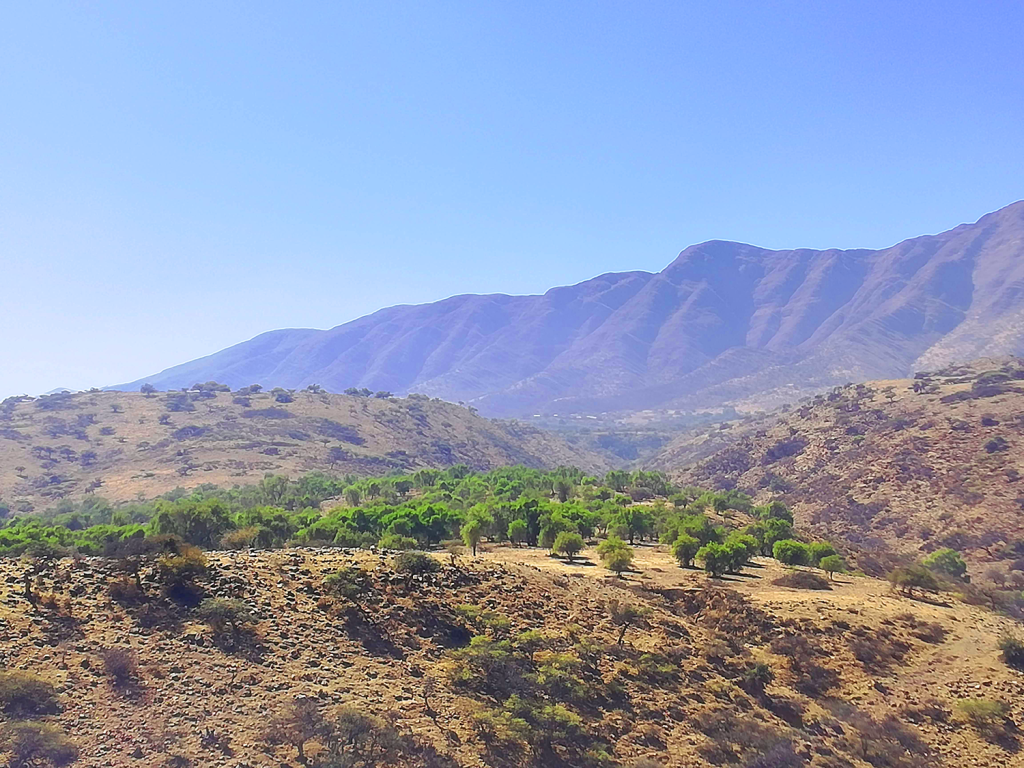





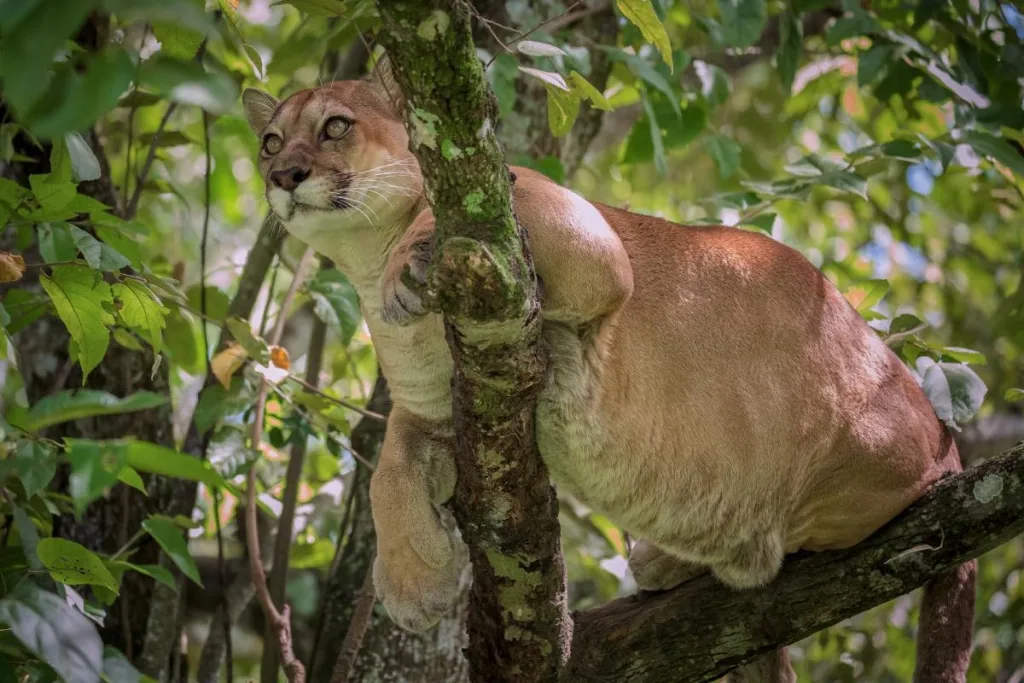
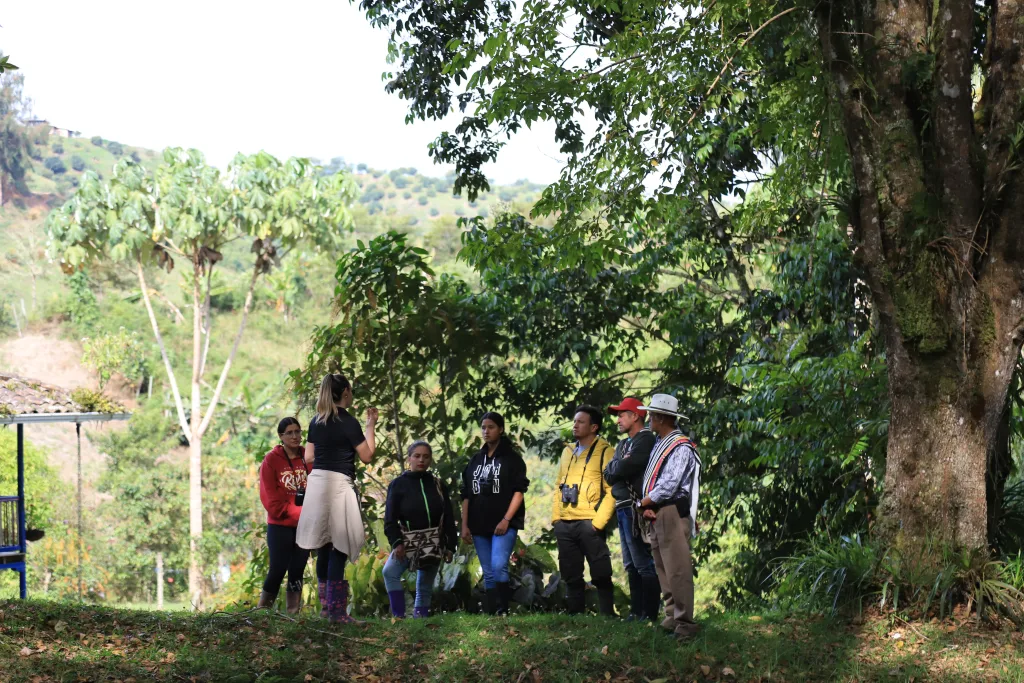
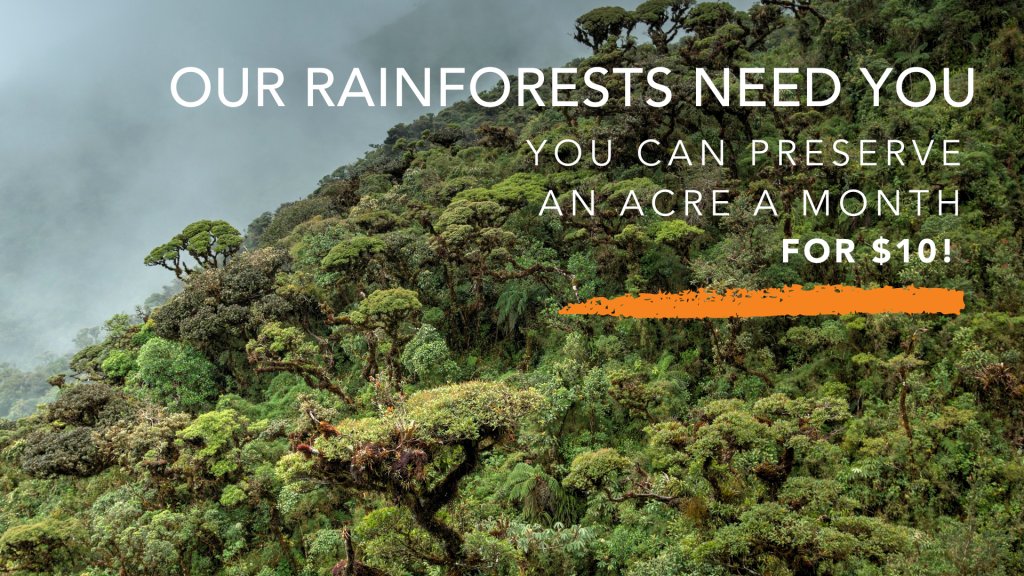
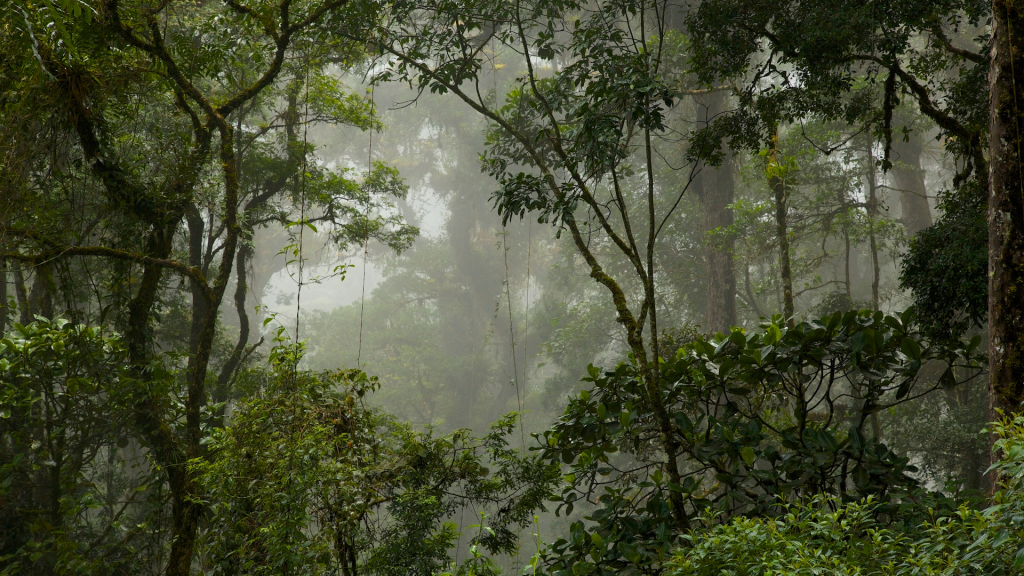


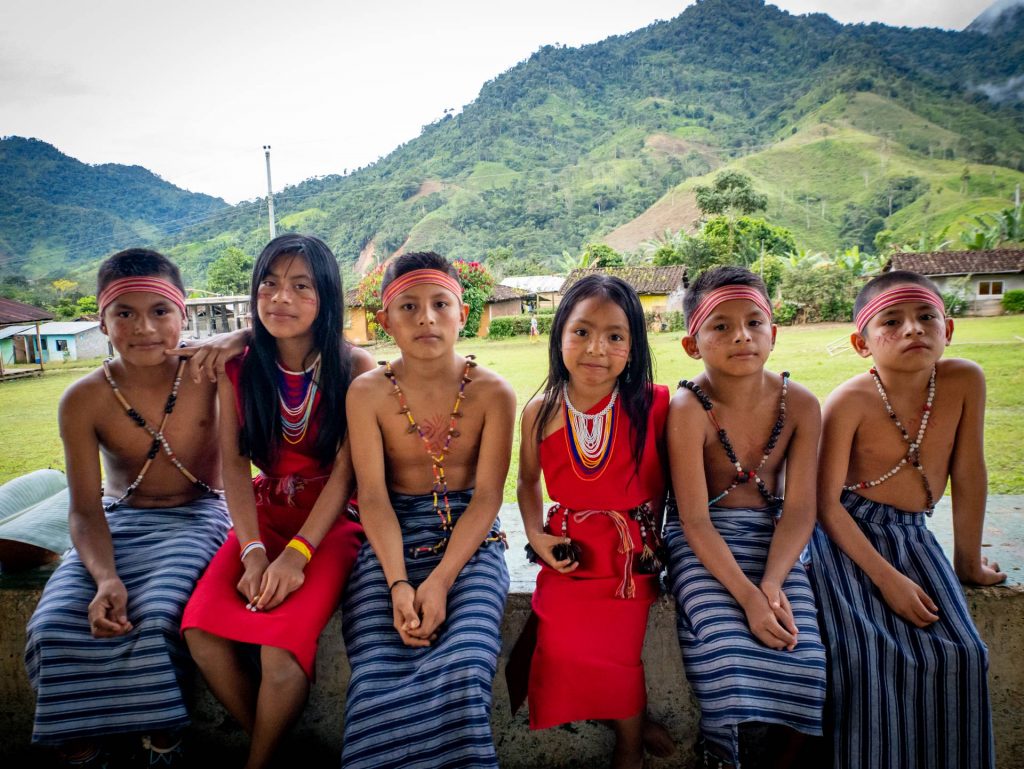





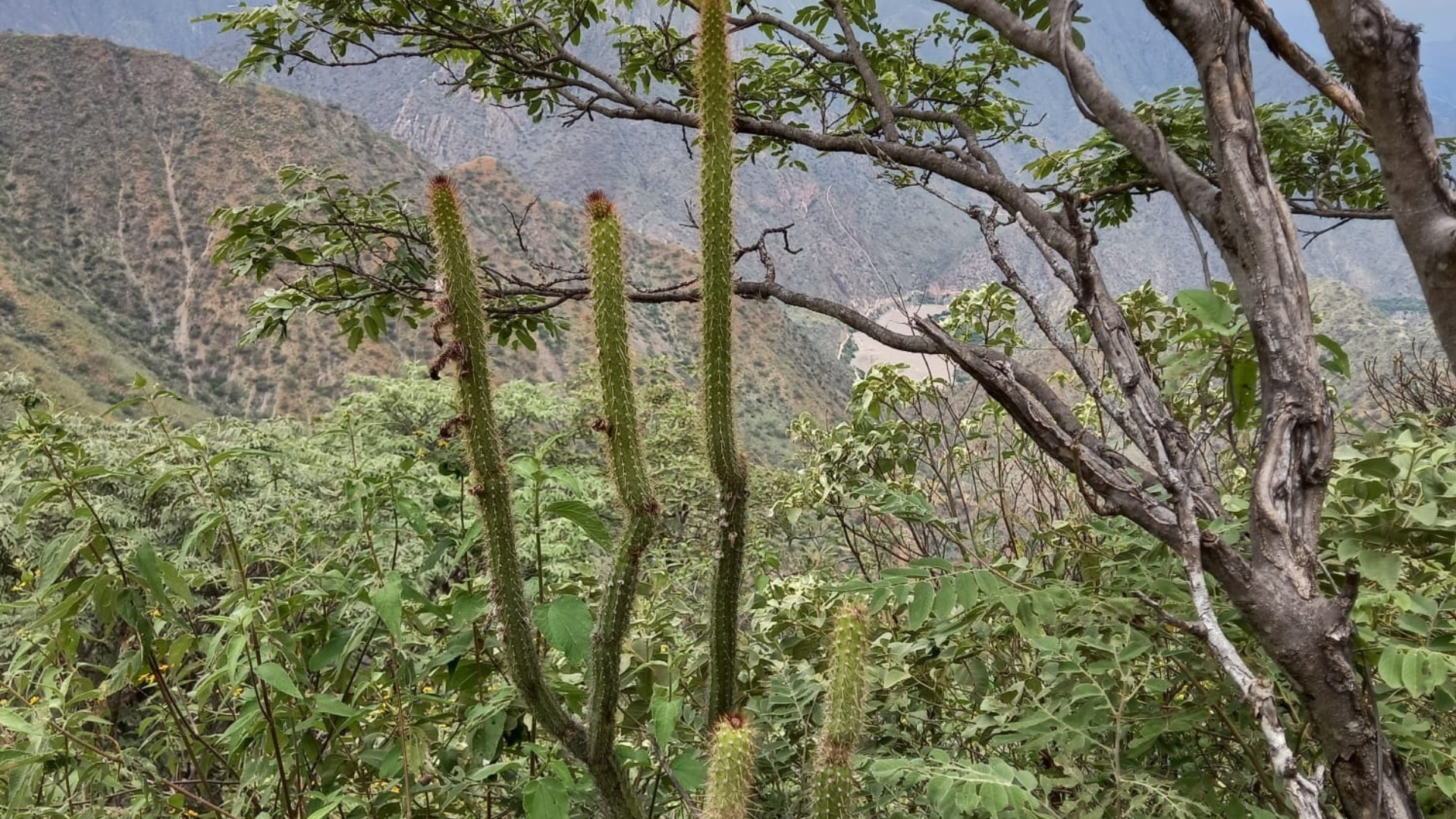


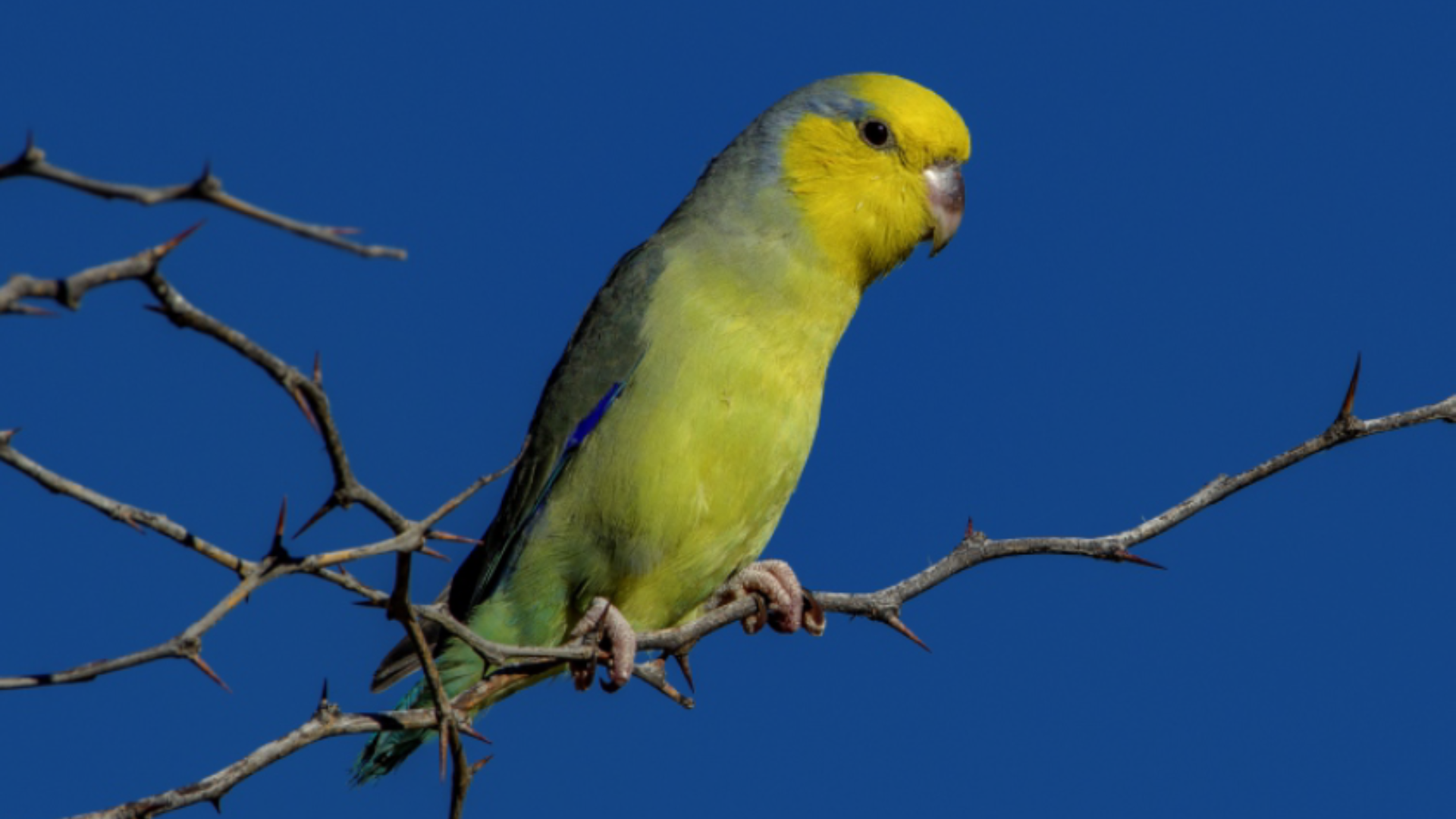
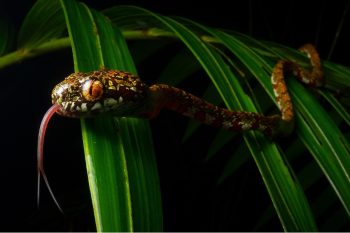
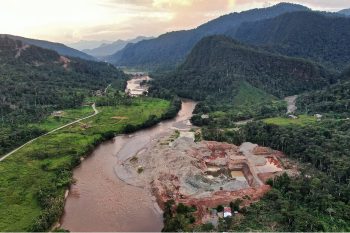

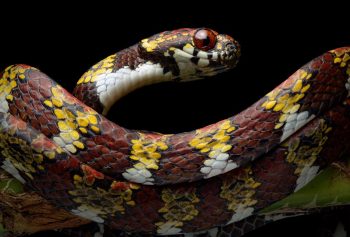
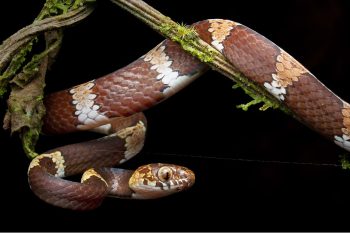
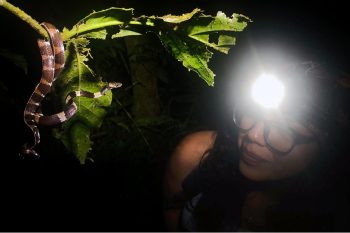

 Sibon canopy is named in honor of the
Sibon canopy is named in honor of the 